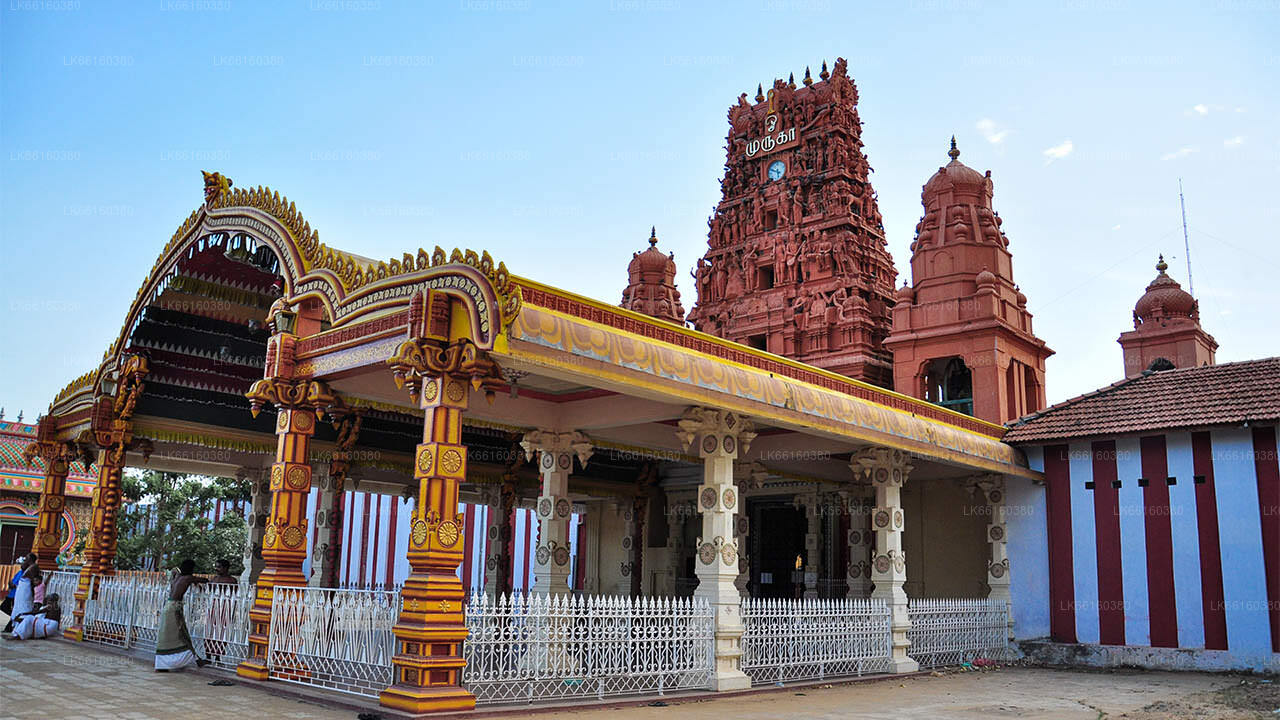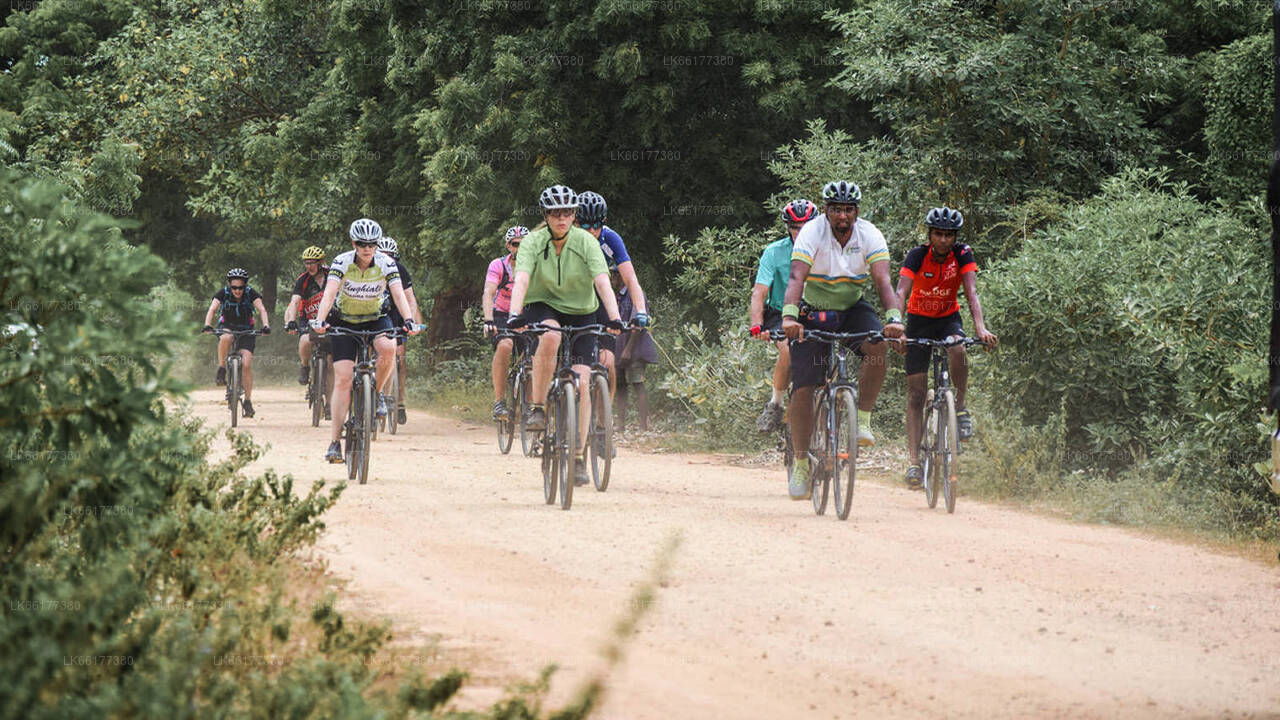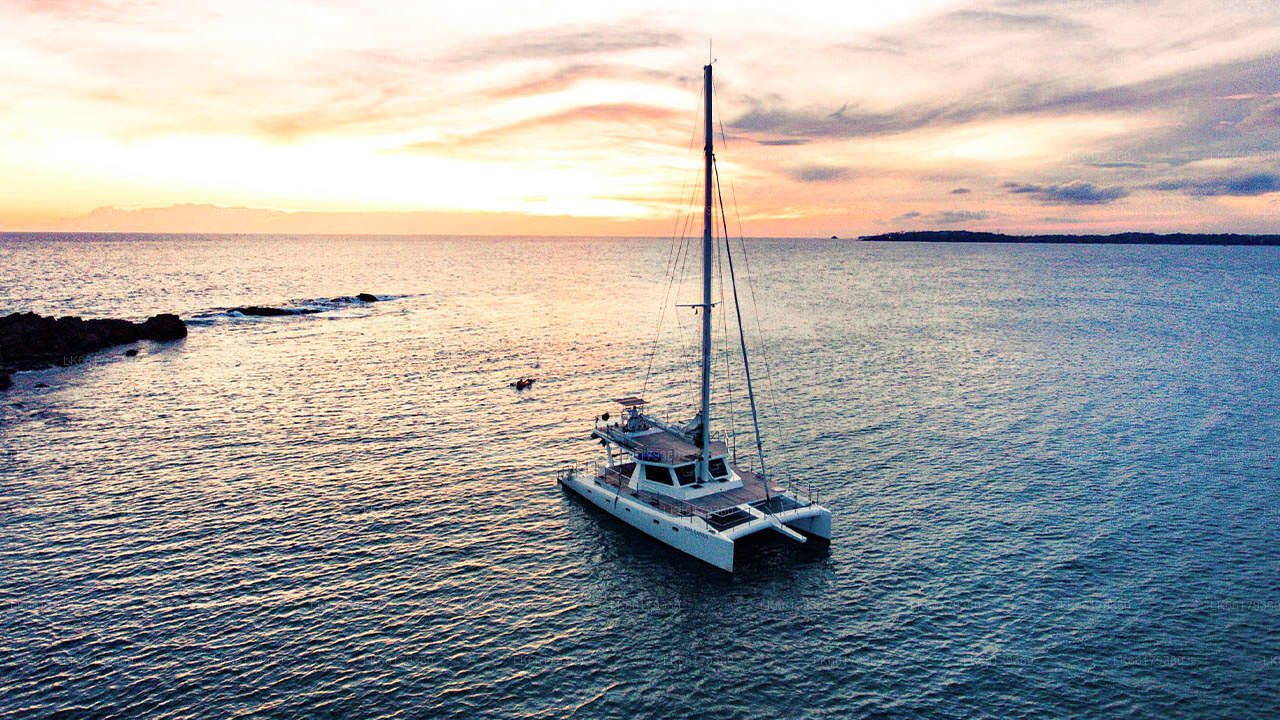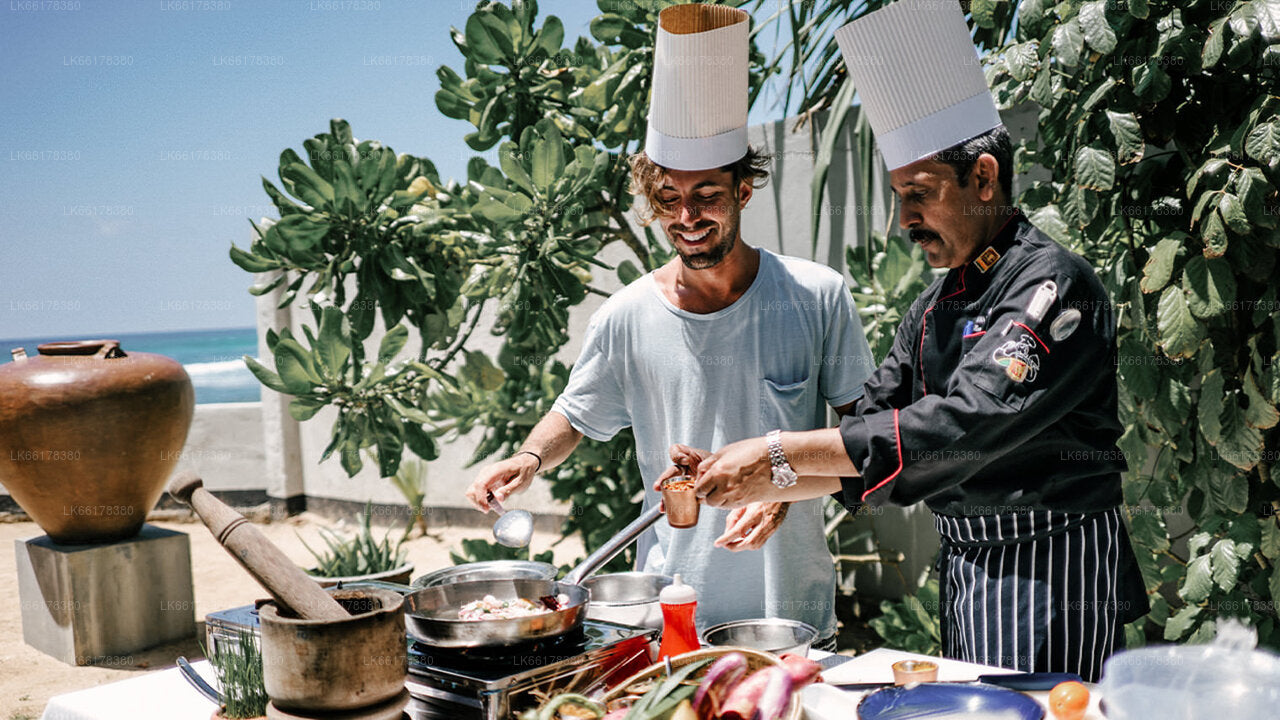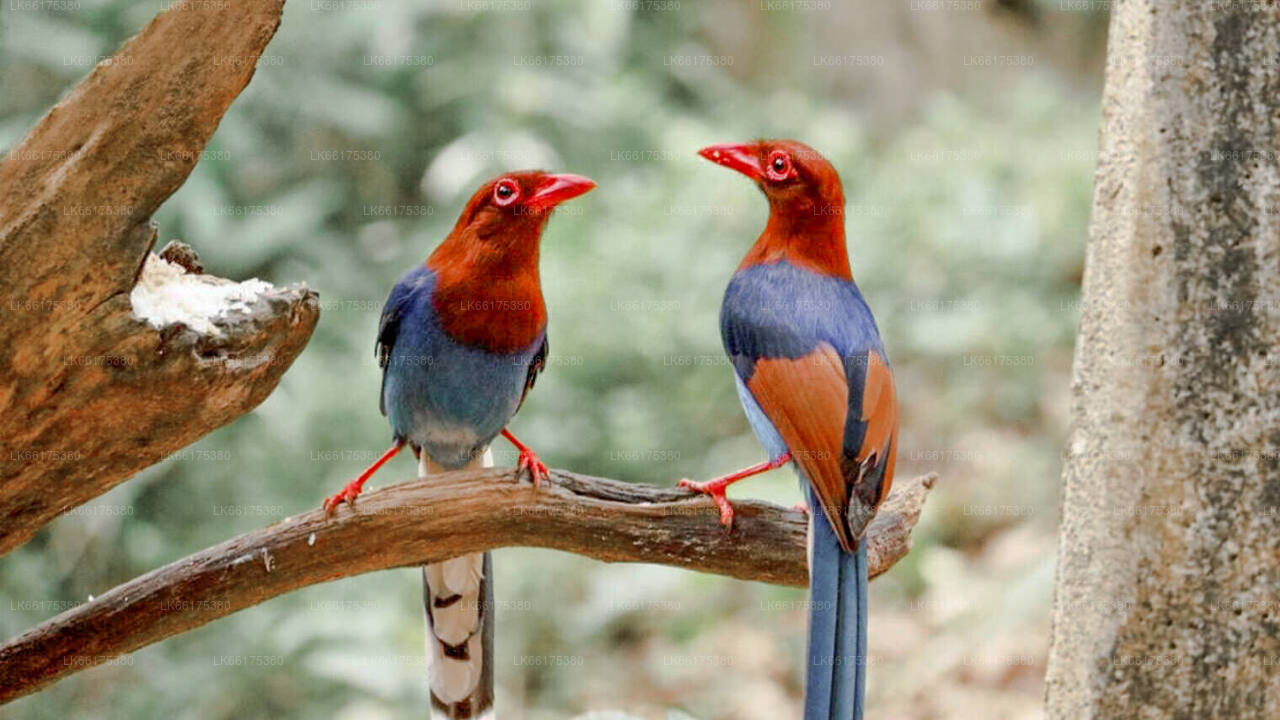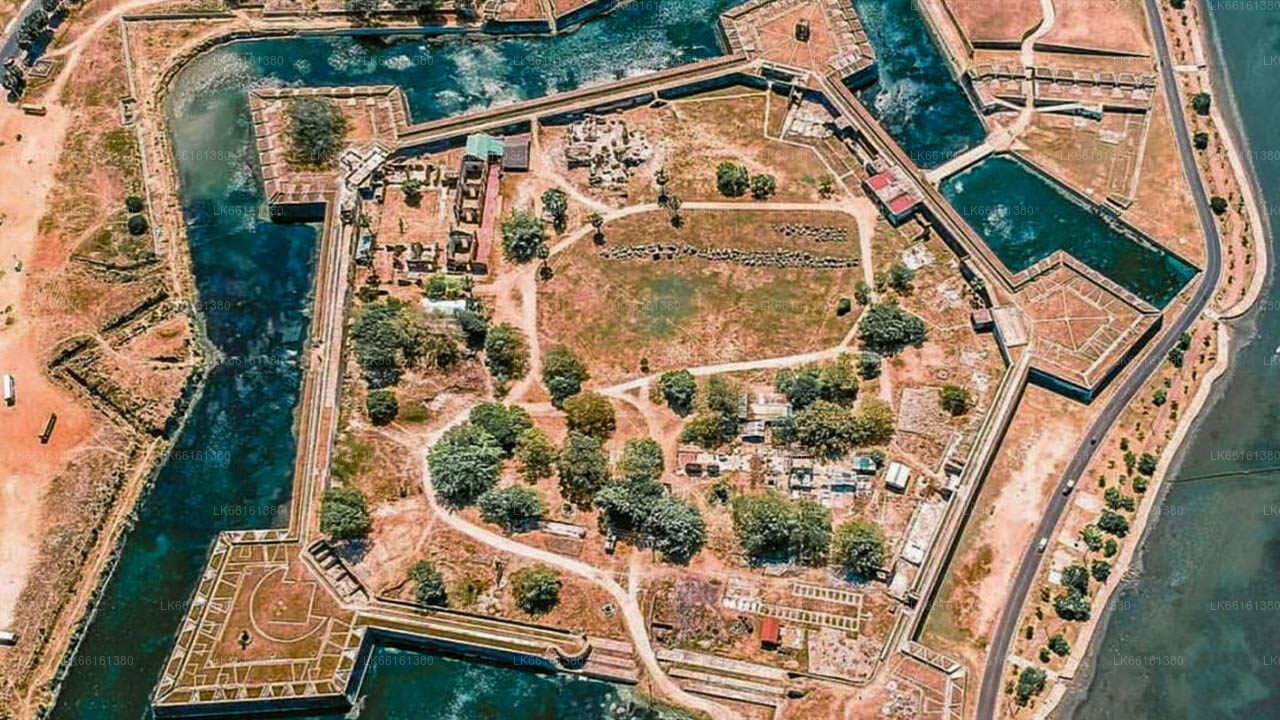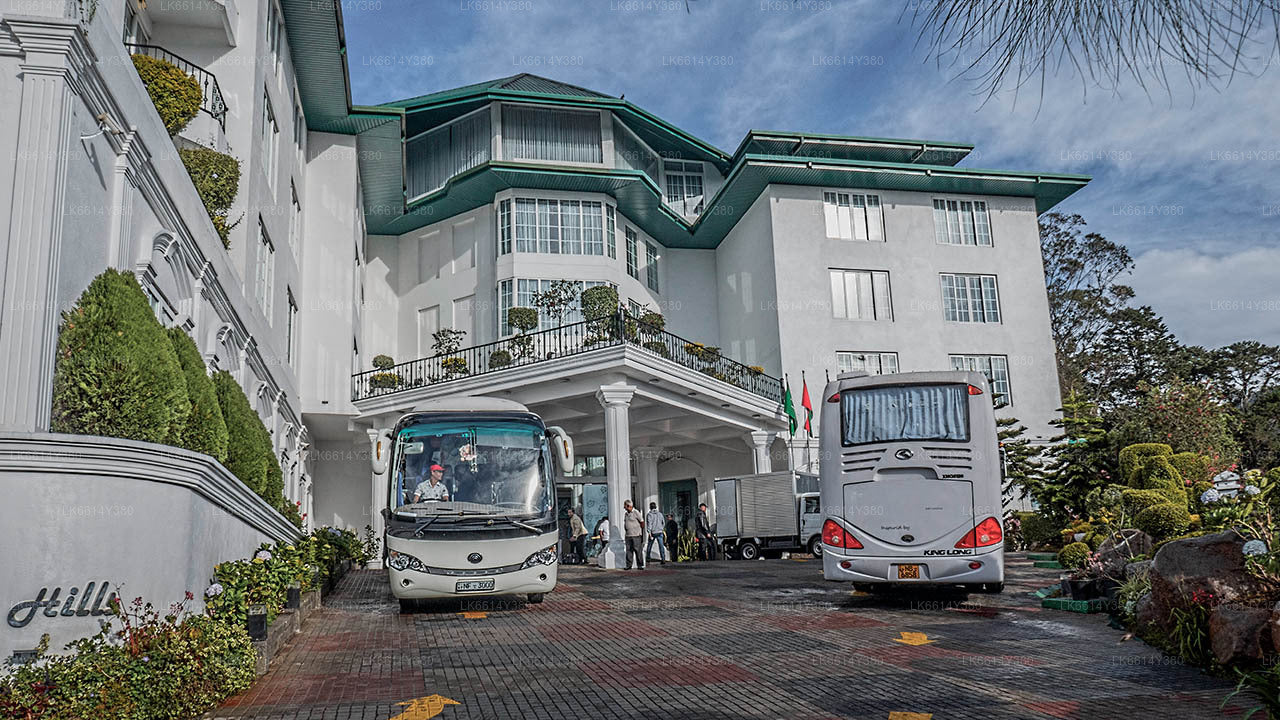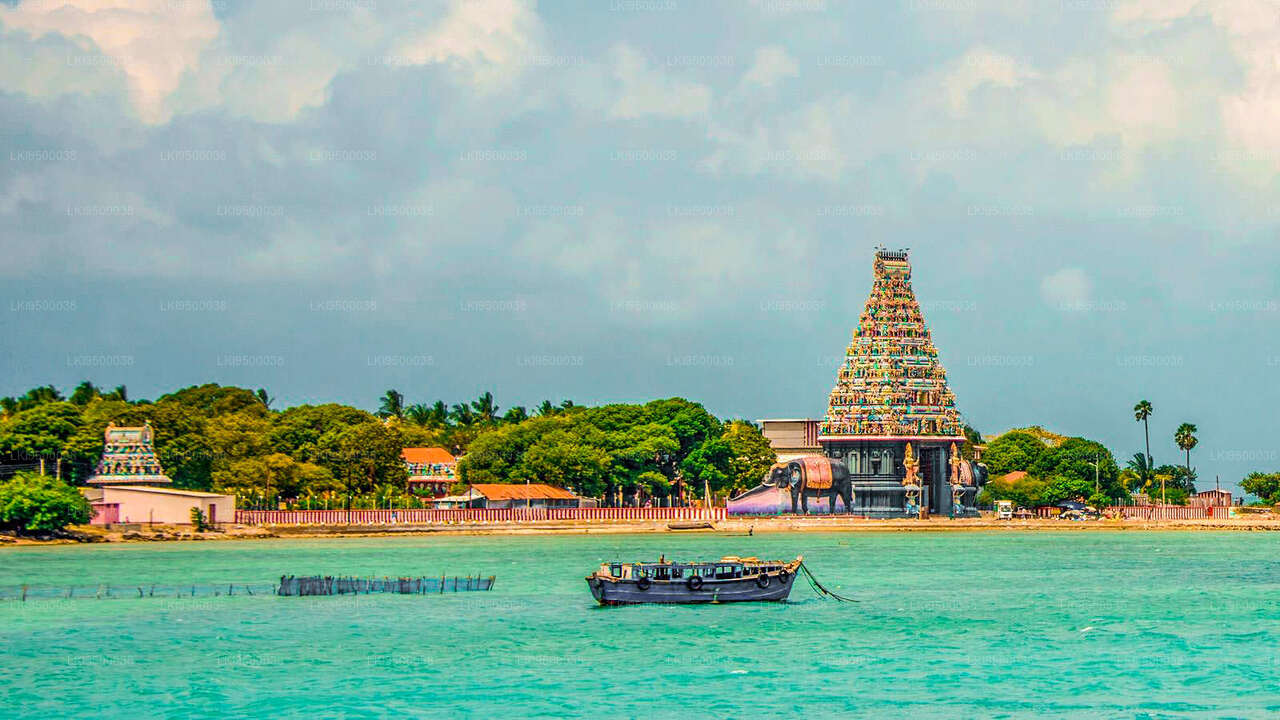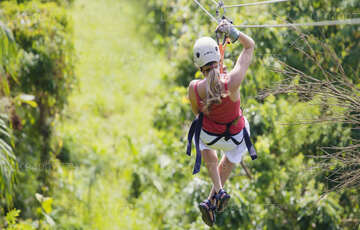
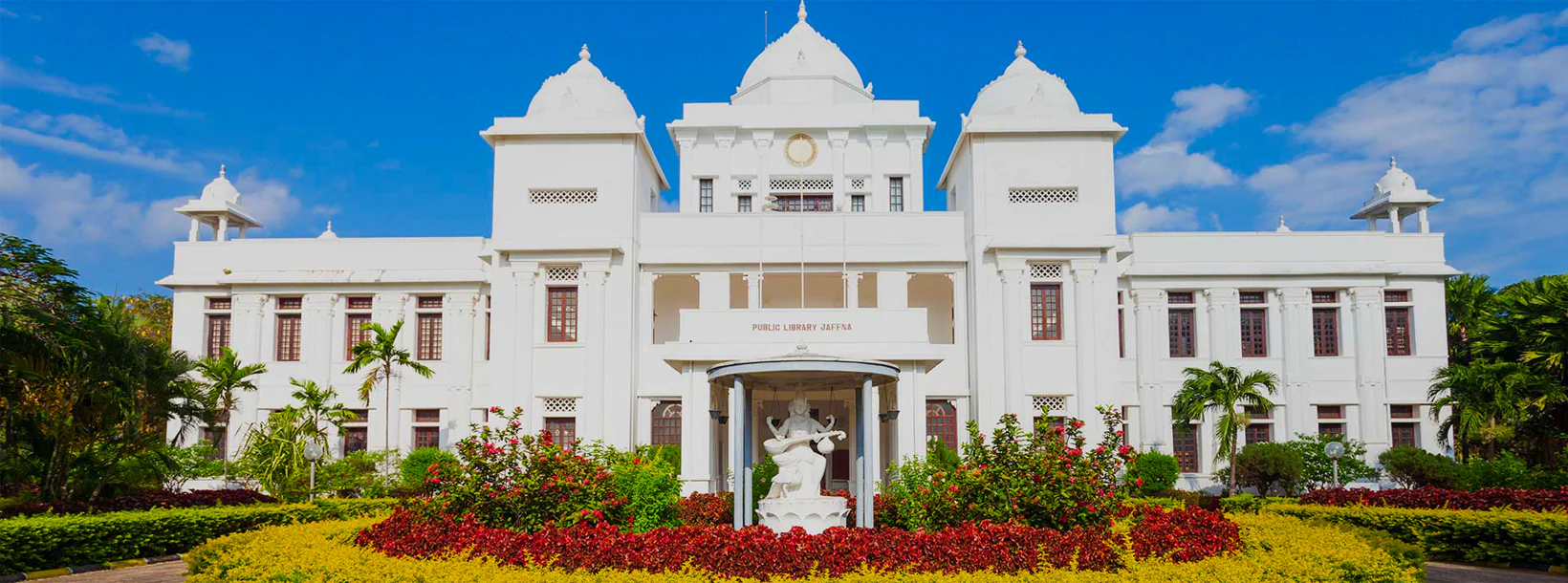
Jaffna City
Jaffna is the main city of Jaffna peninsula in the northernmost district of Sri Lanka. Comfortable intercity busses from Colombo take 10-12 hours to reach the city of Jaffna.
Jaffna University
Profile
The establishment of a full fledged University in Jaffna had been a long standing aspiration of the people of Jaffna. This was fulfilled when a campus of the University of Sri Lanka was established in 1974 by an order made by the Honourable Minister of Education. The campus became an independent and autonomous University bearing the name University of Jaffna on January 01, 1979.
The academic and administrative activities of the university are governed by the Universities Act. No. 16 of 1978., as last amended by Act No 1 of 1995.
From a small beginning in the thirty ac re campus of the then Parameswara College premises founded by the veteran philanthropist, Sir Ponnampalam Ramanathan, the University has grown enormously and is today the home of eight faculties with fifty seven academic departments, several service/academic/support units and centers and a Campus at Vavuniya, about 130 Km from Jaffna. In addition a few more Faculties, Departments and Centres are scheduled for development and will, in time, further open the University’s door to the public and increase its role, responsibilities and commitments to t he region around it.
The student population of the university is about seven thousand. This includes about six thousand two hundred internal students in the main campus, about five hundred postgraduate students and about three hundred and fifty of the Vavuniya campus. Although some students are housed in a few halls of residence, majority of the students find their own non-University accommodation.
History
Establishment of the the University of Jaffna
- With the implementation of the Universities Act No. 16 of 1978, and by Gazette notification dated December 22, 1978, the Jaffna Campus became an independent and autonomous University with the name University of Jaffna with effect from January 01, 1979.
- Following the ethnic disturbances in 1983, the Siddha section of the Institute of Indigenous Medicine, affiliated to the University of Colombo was transferred to the University of Jaffna on 02 July 1984 and placed as a department under the Faculty of Arts. Since 01 October 1993, the Department of Siddha Medicine has been functioning as a separate unit under the direct administration of the Vice-Chancellor. From September 2003, a management committee appointed by the University council oversee the administration of the Department of Siddha Medicine.
- A Computer Unit was established in 1985 as a Service Unit under the overall supervision of the Dean of the Faculty of Science.
- Construction of the Main Library building and the Student Centre commenced in early eighties. However the construction works were completely halted as a result of military activities and the economic embargo imposed by the government on 01 January 1987. Only a portion of the ground floor of the Library Block was completed and put into use in 1986.
- The activities of both the General Administration and Academic Departments in the University were totally disrupted by the military operations of the Indian Peace Keeping Forces during October-November 1987. The University buildings suffered extensive damage due to these operations. Military operations caused considerable damage and loss to laboratory equipment, office equipment, furniture etc. During these military operations, a few academic and non-academic staff and students lost their life.
- For about a decade after 1987, the political and military situation that prevailed in Jaffna were not conducive for academic development work and the university had to be contented with sustaining its ongoing programmes. During this period frequent declaration of curfew and military operations including aerial bombings in addition to economic blockade of many essential goods disturbed the academic activities of the university, especially in the science disciplines. These problems also caused many Probationary Assistant Lecturers not to return to Jaffna after their postgraduate studies abroad causing additional burden on the few staff who decided to stay back.
- The University, managed to withstand the above mentioned constraints and continued its academic activities making some progress on the development side.
- The Faculty of Agriculture was established on 03 December 1990 at Kilinochchi, a fast developing city in the mainland about 60 km south of Jaffna. The Faculty commenced its activities in some of the buildings obtained from the Regional Agriculture Research and Development Centre (RARDC), Kilinochchi and the In-Service Training Centre, Kilinochchi. A portion of the buildings of the National Youth Service Centre was also taken over by the Faculty to provide hostel facilities to the students.
- The University Grants Commission approved the establishment of a Faculty of Engineering in the University of Jaffna at Kilinochchi in October 1989. A Professor of Civil Engineering was appointed for preparing plans for the commencement of building works and designing the curriculum for a degree programme. However, in view of military conflicts and the unsettled conditions that prevailed in North-East Sri Lanka, after 1990, the University Grants Commission was of the view that development programmes in the University could be given priority after peace was restored in the region.
- The Nothern Province Affiliated University College (NPAUC) was established in 1991 at Vavuniya to offer Diploma Courses in Mathematical Sciences and Accountancy and Finance. The NPAUC was upgraded as the Vavuniya Campus of the University of Jaffna by Gazette notification dated 26 march 1997. Two Faculties, the Faculty of Applied Science and Faculty of Business Studies each with two departments of studies was created.
- After the signing of the Memorandum of Understanding (MOU), between the Government of Sri Lanka and the Liberation Tigers of Tamil Eelam (LTTE), the University has taken up this matter with the UGC again and has submitted a proposal to establish a full-fledged Faculty of Engineering at Kinlinochchi adjoining the Faculty of Agriculture.
- The External Examination Unit was established in 1990 to conduct external examinations.
- The Department of Compute Science was established with high effort of Professor K Kunaratnam, Professor of Physics, with the kind support of the then Head of the Department of Mathematics and Statistics, Mr P Makinan. The first batch of students were admitted for the course of Computer Science in the 1990/1991 academic year. Professor K Kunaratnam was the pioneer Head of the Department.
- A Workers Education Programs was inaugurated on 01 May 1991.
- An Extra Mural Studies Unit was established in October 1992, to conduct short term courses for the benefit of the people who have no opportunity for University education.
- The year 1995 witnessed a mass exodus of population from Jaffna Town and the Valigamam region to Vadamaradchi and Thenmaradchi regions of the peninsula and the mainland. As a result of the exodus the University environs became depopulated and inaccessible. The administration of the University was temporarily shifted to the Agriculture Faculty at Kilinochchi. A sub-office of the administration was established at Chavakachcheri Hindu College. The exodus proved to be a disaster to the university. It lost laboratory and office equipment and furniture worth over one hundred million rupees.
- The University recommenced its activities in Jaffna in July 1996 at the Thirunevely premises. The University is slowly recovering from the traumas of the war after the signing of the MOU.
About Jaffna District
Jaffna is the capital city of the Northern Province, Sri Lanka. 85% of the populations of the Jaffna and Kilinochchi districts are Hindus. The Hindus follow the Saivite tradition. The remainders are largely Roman Catholics or Protestants, some of whom are descendants of colonial settlers, known as Burghers. The Tamils are divided along caste lines, with the farmer-caste Vellalar forming the majority. Sea products, red onion, and tobacco are the main products in Jaffna.
Jaffna is home to beautiful Hindu temples. An Old Dutch Fort still stands well preserved within which is an old Church. Another example of Dutch architecture is the King's House. No visit to Jaffna is complete without tasting the exquisite Jaffna mango, reputed for its sweetness. About 3 km away is the majestic Nallur Kandaswamy Temple, home to the largest religious festival in Jaffna. The Kayts Harbour is an ancient ship docking site in the Jaffna region.
About Northern Province
The Northern Province is one of the 9 provinces of Sri Lanka. The provinces have existed since the 19th century but they didn't have any legal status until 1987 when the 13th Amendment to the 1978 Constitution of Sri Lanka established provincial councils. Between 1988 and 2006 the province was temporarily merged with the Eastern Province to form the North-East Province. The capital of the province is Jaffna.
Northern Province is located in the north of Sri Lanka and is just 22 miles (35 km) from India. The province is surrounded by the Gulf of Mannar and Palk Bay to the west, Palk Strait to the north, the Bay of Bengal to the east and the Eastern, North Central and North Western provinces to the south.The province has a number of lagoons, the largest being Jaffna Lagoon, Nanthi Kadal, Chundikkulam Lagoon, Vadamarachchi Lagoon, Uppu Aru Lagoon, Kokkilai lagoon, Nai Aru Lagoon and Chalai Lagoon.Most of the islands around Sri Lanka are to be found to the west of the Northern Province. The largest islands are: Kayts, Neduntivu, Karaitivu, Pungudutivu and Mandativu.
The Northern Province's population was 1,311,776 in 2007. The majority of the populations are Sri Lankan Tamils, with a minority Sri Lankan Moor and Sinhalese population. Sri Lankan Tamil is the major language spoken in the province by the vast majority of the population. The other language spoken is Sinhala by 1 percent of the population. English is widely spoken and understood in the cities.








